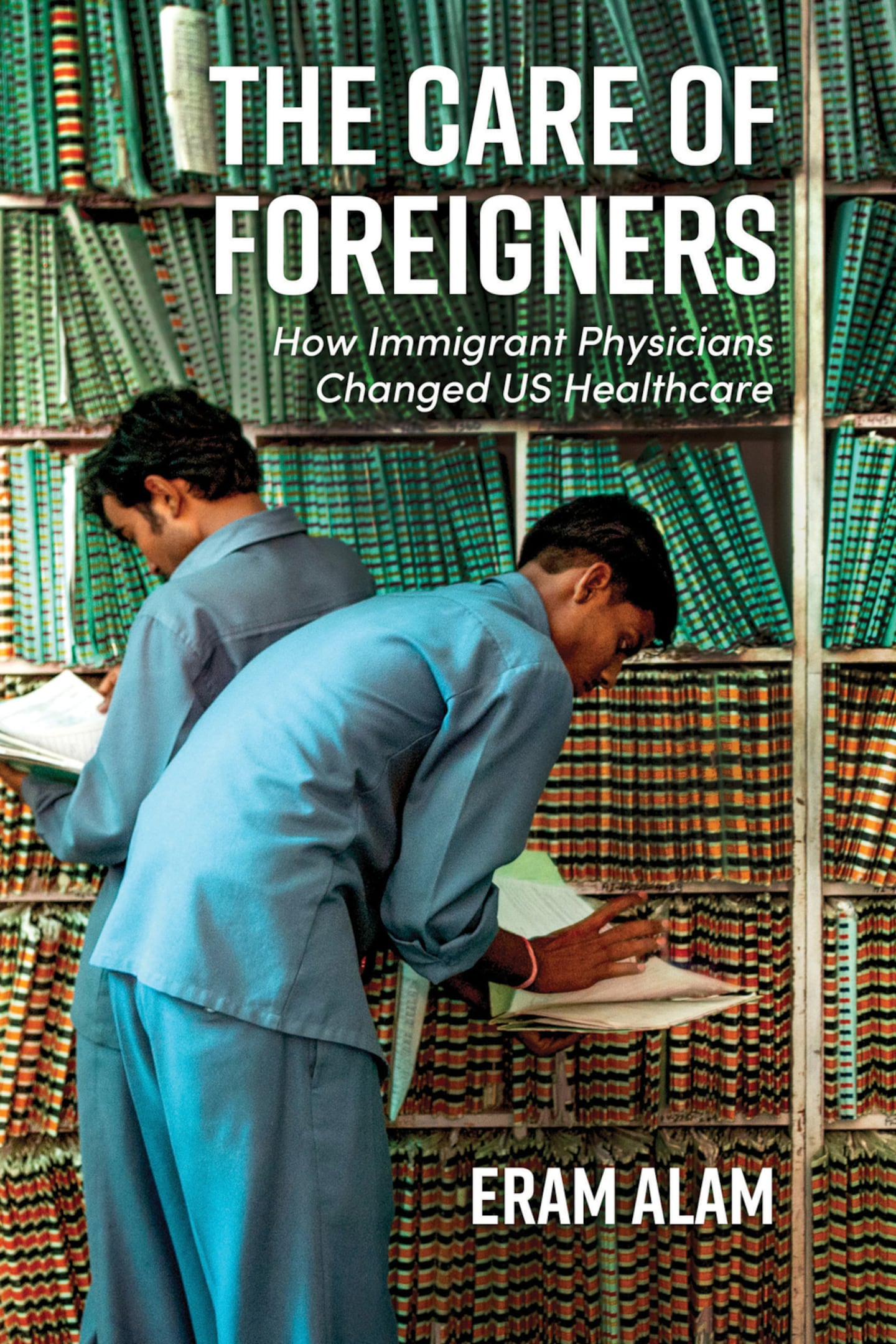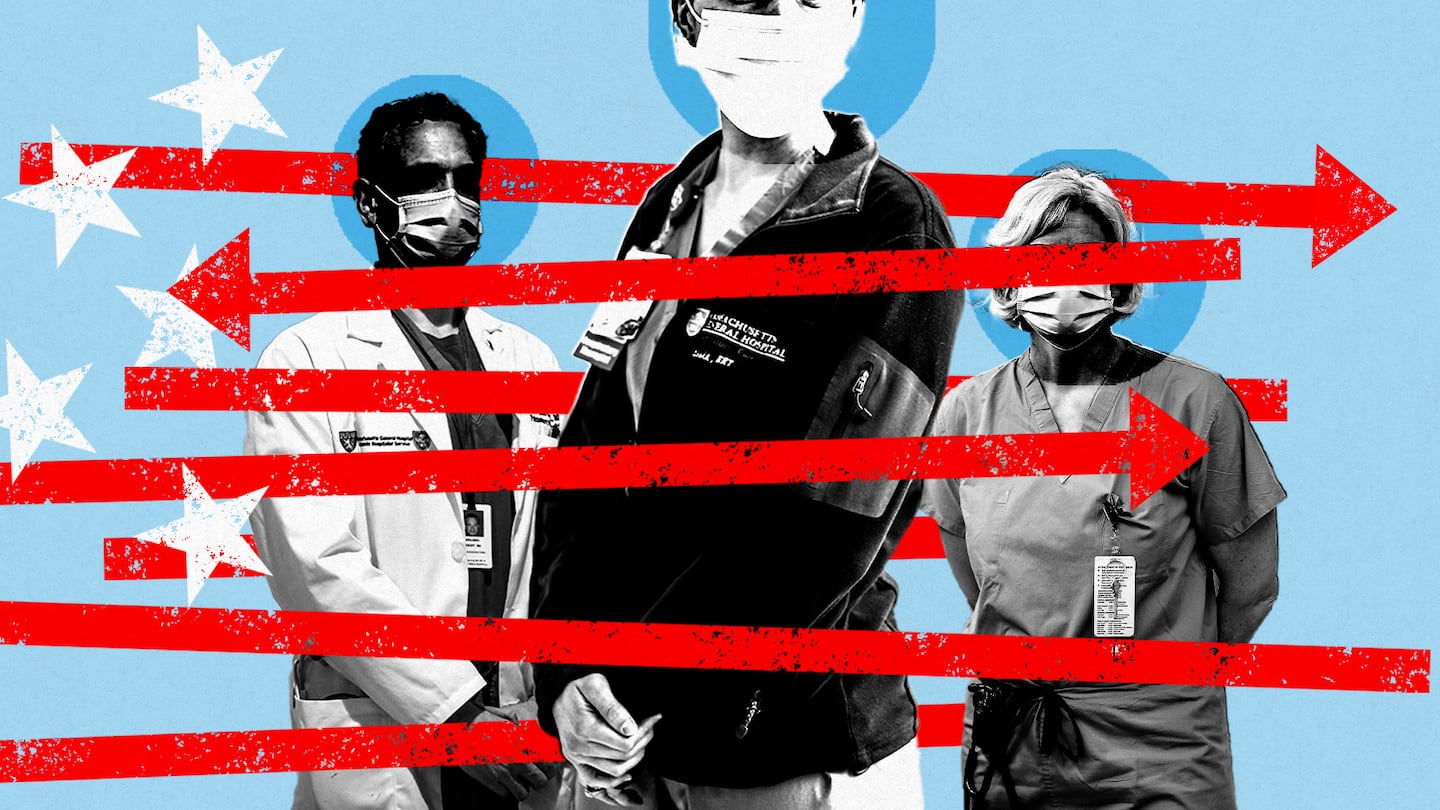Since at least the 1960s, the United States has not produced enough doctors to meet health care demand. Instead, it has relied on the cheaper option of recruiting foreign physicians trained at the expense of other countries.
With the passage of the Hart-Celler Immigration and Nationality Act of 1965, foreign physicians arrived to provide care in places designated “Health Professional Shortage Areas” throughout the country. These places were generally populated with people who were low-income, elderly, unhoused, incarcerated, and migrant laborers — poor, medically complicated patients. Hospitals in these shortage areas filled their vacancies, especially in primary care specialties, with resident physicians from India, Pakistan, and the Philippines.
Within the first 10 years, over 75,000 foreign physicians entered the country and immigrated to urban and rural shortage areas nationwide. Many US lawmakers touted this migration as a clear example of the benefits of a globalized, free-market world order: experts with skills and universal biomedical knowledge circulating seamlessly to maximize their earning potential.
Yet from the beginning, foreign physician migration has raised political and ethical questions. Should the United States really siphon expert labor — effect a “brain drain” — from resource-poor countries to care for its own population?
But powerful economic and practical incentives drove this flow. The dollar value of the manpower derived through immigration to the United States “approximately equals the total cost of all our medical aid, private and public to foreign nations,” explained Dr. Kelly West at an immigration hearing before Congress in 1964 — essentially, there was a quid pro quo of economic aid in exchange for skilled professionals.
This system has cascading consequences. It cements a two-tier workforce where immigrant physicians care for America’s most vulnerable, while their home countries grapple with healthcare shortages worsened by the departure of their most talented doctors.
The imbalance became impossible to ignore: in 2010, the World Health Organization urged its member states to consider the ethics and results of this brain drain, arguing that unidirectional recruitment from “developing” to “developed” countries intensified global health inequities. In short, attempts to resolve the doctor shortage crisis in the United States engendered health crises in other countries. This was made obvious during the COVID-19 pandemic when the United States was recruiting foreign physicians, and India was trying to prevent their emigration.
Declarations of health care labor crises in the United States have become the norm. Sixty years ago, a doctor shortage crisis was declared while Communist threats loomed. And during the COVID-19 pandemic, in the name of national security, foreign physicians were invited to provide care on “the front lines,” raising important ethical concerns about the geographic distribution of this vital labor force during a pandemic. Prior to COVID-19, it was the Affordable Care Act of 2010 that elicited ardent crisis concerns because of its focus on preventative and routine care and large increase in the newly insured patient pool.
Immediately, various organizations and government agencies entered foreign physicians into their workforce calculations as an important source of immediate and inexpensive labor that could be marshaled to alleviate the impending crisis.
The scale of the problem is undeniable: The United States will experience a shortage of 86,000 physicians by 2036, the Association of American Medical Colleges estimates. This deficit will affect shortage area communities most severely and inevitably lead to worse health outcomes there. Nearly 76 million Americans live in the 7,700 federally designated shortage areas in which one health care worker is responsible for the care of over 3,500 patients.
Yet is this predictable suffering and premature death in shortage areas enough to translate declarations of crisis into solutions? Or is this ultimately a maintenance of the status quo, a reminder that there will always exist a segment of American society whose health needs remain unmet? It seems crisis has become the very condition of the system, an “ongoing state of affairs,” as anthropologist Janet Roitman writes, where foreign physicians are added or subtracted to negotiate the political moment.
That the United States spends far more per capita on health care than any other country obscures its long-term underinvestment in the health care labor force. Without a concerted reimagining of fundamental structures, foreign physicians will likely be asked once again to provide care in America’s communities with doctor shortages, and they will respond, shouldering this care work as they have in the past. They will fulfill the terms of their visas, which require them to serve in shortage areas for a set number of years, and then relocate elsewhere. And in their place will arrive another cohort of immigrant physicians.
 This essay was adapted in part from the epilogue of Eram Alam’s “The Care of Foreigners: How Immigrant Physicians Changed US Healthcare.”Handout
This essay was adapted in part from the epilogue of Eram Alam’s “The Care of Foreigners: How Immigrant Physicians Changed US Healthcare.”Handout
However, President Trump’s September 19 H1-B executive order will upend this system. Hospitals that rely heavily on immigrant physicians — especially rural and safety-net institutions already under financial strain — won’t be able to absorb the additional financial burden of visa sponsorship, which is set to jump from roughly $2,000 – $5,000 to $100,000 per immigrant physician.
Time and again, access to health care has provoked serious political and ethical debate. But for marginalized communities in the United States — and around the world — that rely on foreign physicians, access is further complicated by unpredictable immigration policies. The answer to our recurring doctor shortages should not be to punish those who come here to provide care.
We must reimagine the system itself, with attention to the equitable global distribution of medical labor. This means expanding medical school capacity and recruiting diverse domestic talent, reducing the cost of medical education, increasing investment in primary care, and stabilizing the pathway for immigrant physicians — the backbone of the entire system.
Eram Alam is an associate professor of the history of science at Harvard University. Excerpted and adapted primarily from the Introduction, Chapter 1, and the Epilogue of Eram Alam’s The Care of Foreigners: How Immigrant Physicians Changed US Healthcare. © 2025 Johns Hopkins University Press. Reprinted with permission of Johns Hopkins University Press. Send comments to magazine@globe.com.
